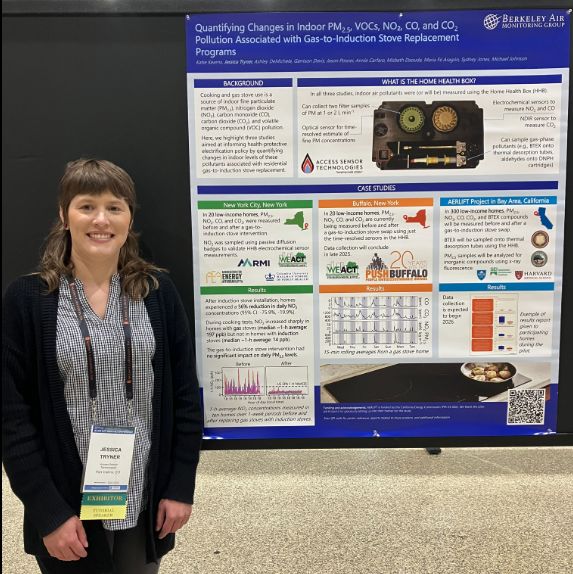@berkeleyair.bsky.social
36 followers
10 following
76 posts
Posts
Media
Videos
Starter Packs
Reposted
🌫️ Hidden danger in air pollution
A Hong Kong study found bacterial toxins, though less than 0.0001% of PM2.5 mass, triggered up to 17% of lung inflammation caused by the pollutant.
🔗 doi.org/10.1038/d415...
#SciComm 🧪 #AirPollution #AirQuality
A Hong Kong study found bacterial toxins, though less than 0.0001% of PM2.5 mass, triggered up to 17% of lung inflammation caused by the pollutant.
🔗 doi.org/10.1038/d415...
#SciComm 🧪 #AirPollution #AirQuality

Common air pollutant has a secret weapon: bacterial toxins
Experiments show that the bacterial component of fine particulate matter has a highly potent inflammatory effect.
doi.org
Reposted





















